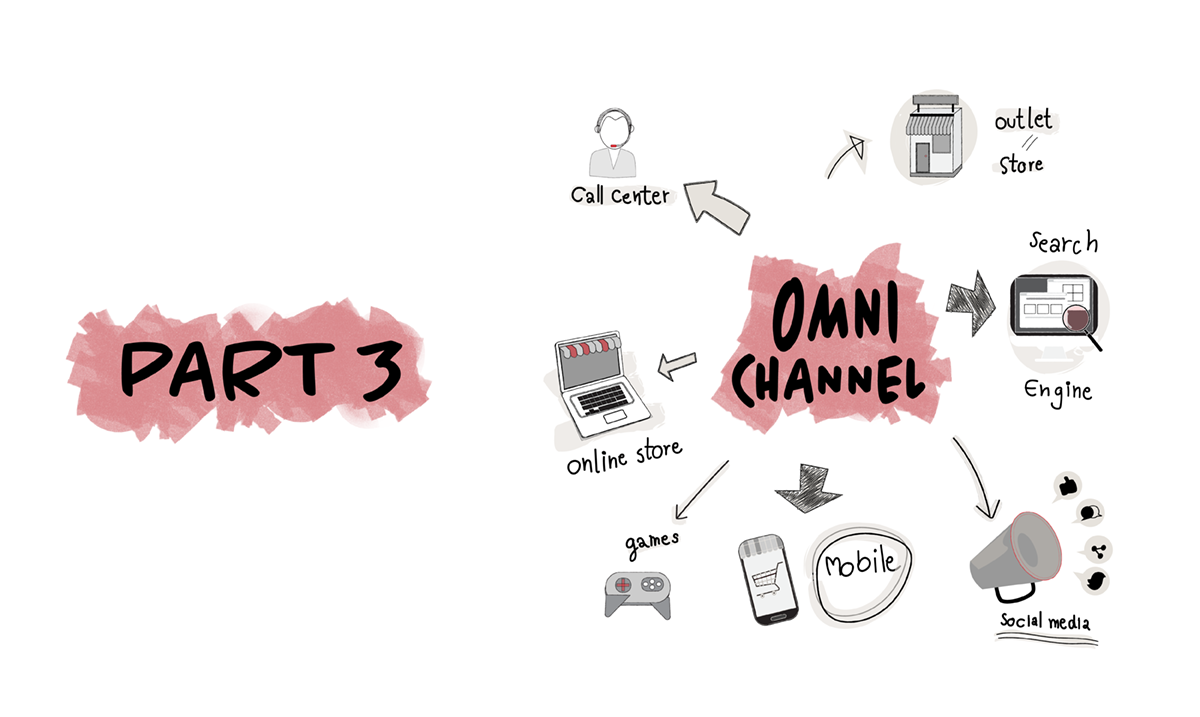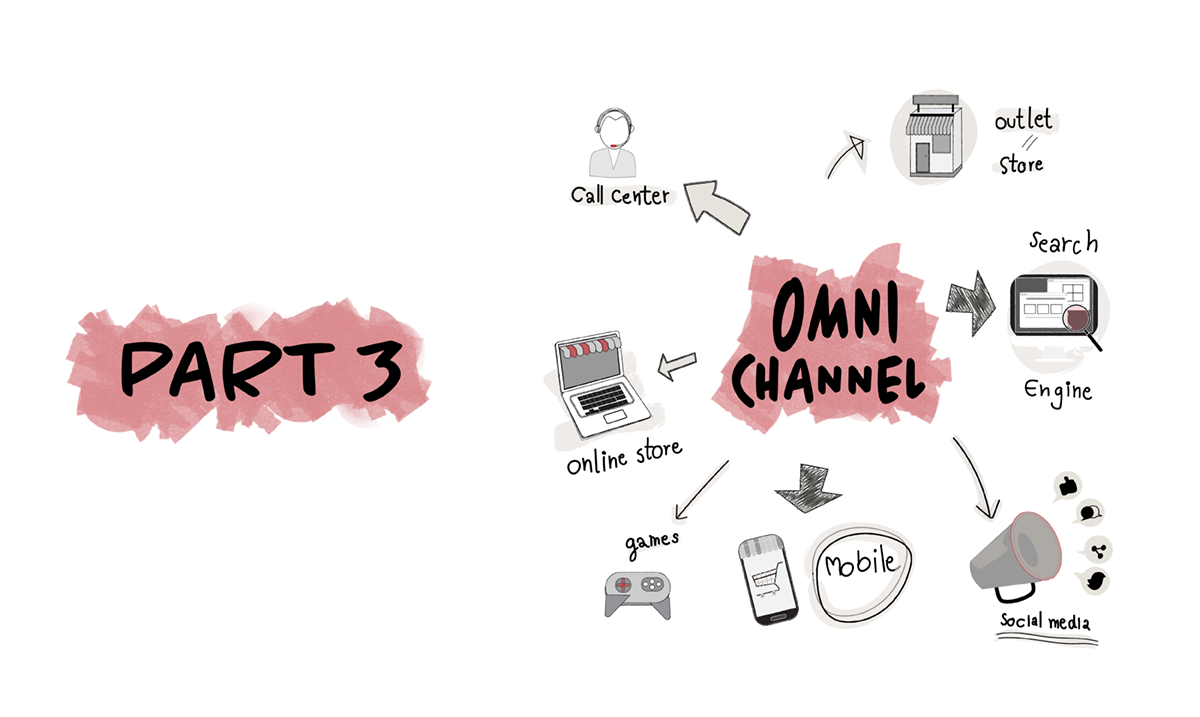Omnichannel Part 3: Order Management


It’s the retailer's responsibility to create an omnichannel order experience for their customers. It’s now up to the 3PL to deliver the goods fast and preserve a positive buying experience for the consumer. To achieve this, there are two business processes that 3PLs employ in an omni channel environment: Order Management and Warehouse Management.
Order Management collects orders from all possible sources. Just like consumers can purchase products in different ways, 3PLs must be able to receive orders in different ways too. A customer will tell their 3PL how they want to send orders electronically to the warehouse and it’s up to the 3PL to comply.
These are the different methods a 3PL may need to support for accepting orders:
EDI. This is the method that bricks and mortar retailers prefer to use. It’s well established and most 3PLs are EDI capable.
CSV (Comma Separated Values). Retailers that don’t use EDI can send orders in a non-standard format they prefer to use. It could be an Excel file, CSV, XML or some other file format.
Online Portal. While most bricks and mortar retailers use EDI, some have an online portal that small suppliers can use to retrieve orders. The supplier may ask their 3PL to login to the portal on their behalf to retrieve orders and confirm shipments. This is labour intensive as the 3PL must re-key the order into their WMS and it’s susceptible to errors.
Order Entry. A 3PL may allow customers to enter orders directly into their WMS which is very efficient for the 3PL. Customers who send orders by e-mail or fax must be entered into the WMS by the 3PL which is labour intensive but the simplicity keeps customers happy.
Shopping Carts. This is an increasingly common method 3PLs are required to support for eCommerce. A 3PL must accept an order from the online retailer in the format that the shopping cart produces. If there are ten different customers each using a different shopping cart, the 3PL has little choice but to support all ten.
By contrast, bricks and mortar retailers who also have an online store, still use EDI to send their eCommerce orders to the 3PL. However, orders for bulk shipping to a distribution centre or direct to a store are different than drop shipping to a consumer. That means the EDI format will be different as well and the 3PL will have to support two EDI formats for every retailer – one for their bricks and mortar store and one for their online store.
Marketplaces. These are similar to shopping carts and refer to companies like Amazon and eBay. Whereas one installation of a shopping cart belongs to one company, a marketplace has thousands of merchants who participate using the same shopping cart. Thankfully 3PLs will receive orders in one consistent EDI format from the marketplace that covers all merchants.
Order Management collects orders from all possible sources. Just like consumers can purchase products in different ways, 3PLs must be able to receive orders in different ways too. A customer will tell their 3PL how they want to send orders electronically to the warehouse and it’s up to the 3PL to comply.
These are the different methods a 3PL may need to support for accepting orders:
EDI. This is the method that bricks and mortar retailers prefer to use. It’s well established and most 3PLs are EDI capable.
CSV (Comma Separated Values). Retailers that don’t use EDI can send orders in a non-standard format they prefer to use. It could be an Excel file, CSV, XML or some other file format.
Online Portal. While most bricks and mortar retailers use EDI, some have an online portal that small suppliers can use to retrieve orders. The supplier may ask their 3PL to login to the portal on their behalf to retrieve orders and confirm shipments. This is labour intensive as the 3PL must re-key the order into their WMS and it’s susceptible to errors.
Order Entry. A 3PL may allow customers to enter orders directly into their WMS which is very efficient for the 3PL. Customers who send orders by e-mail or fax must be entered into the WMS by the 3PL which is labour intensive but the simplicity keeps customers happy.
Shopping Carts. This is an increasingly common method 3PLs are required to support for eCommerce. A 3PL must accept an order from the online retailer in the format that the shopping cart produces. If there are ten different customers each using a different shopping cart, the 3PL has little choice but to support all ten.
By contrast, bricks and mortar retailers who also have an online store, still use EDI to send their eCommerce orders to the 3PL. However, orders for bulk shipping to a distribution centre or direct to a store are different than drop shipping to a consumer. That means the EDI format will be different as well and the 3PL will have to support two EDI formats for every retailer – one for their bricks and mortar store and one for their online store.
Marketplaces. These are similar to shopping carts and refer to companies like Amazon and eBay. Whereas one installation of a shopping cart belongs to one company, a marketplace has thousands of merchants who participate using the same shopping cart. Thankfully 3PLs will receive orders in one consistent EDI format from the marketplace that covers all merchants.
See Part 1 - What is Omnichannel?
See Part 2 - New Buying Practices
See Part 4 - Warehouse Management
See Part 5 - The Technology Burden for 3PLs
See Part 2 - New Buying Practices
See Part 4 - Warehouse Management
See Part 5 - The Technology Burden for 3PLs
